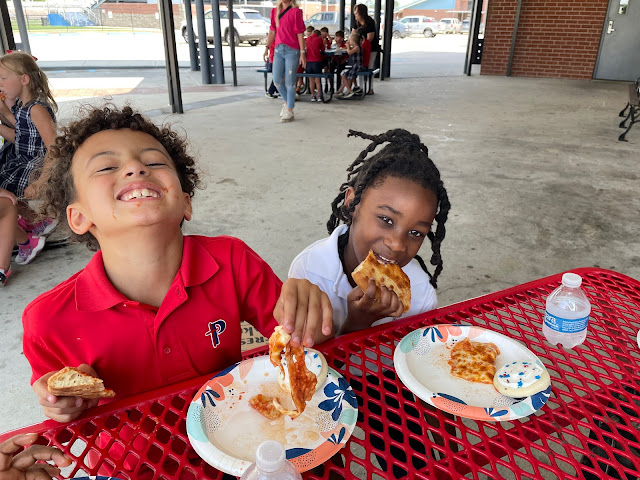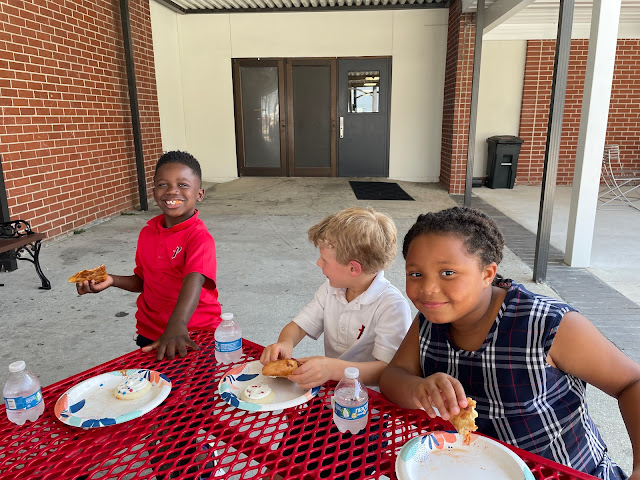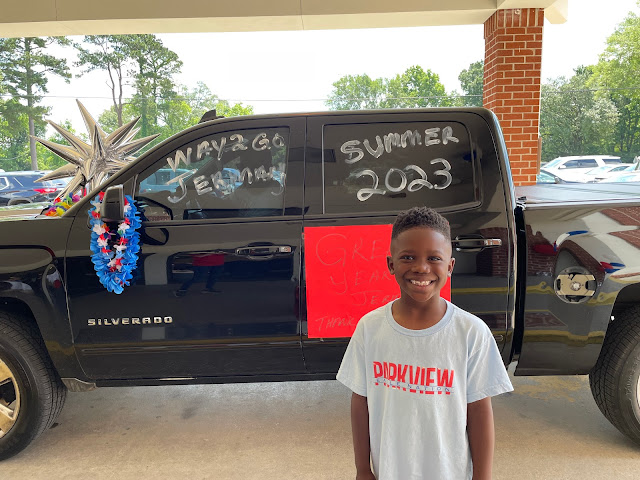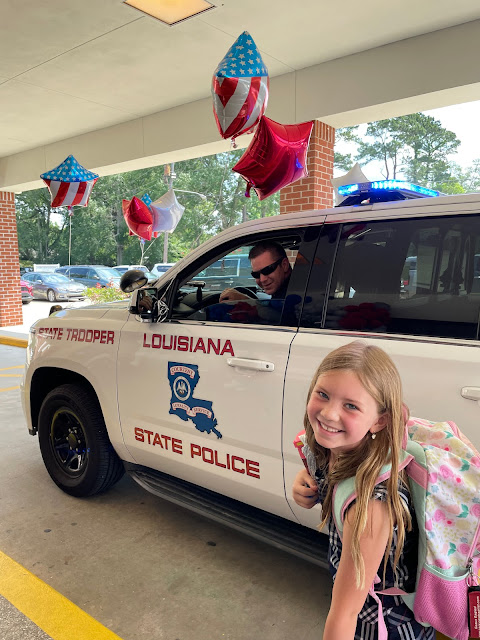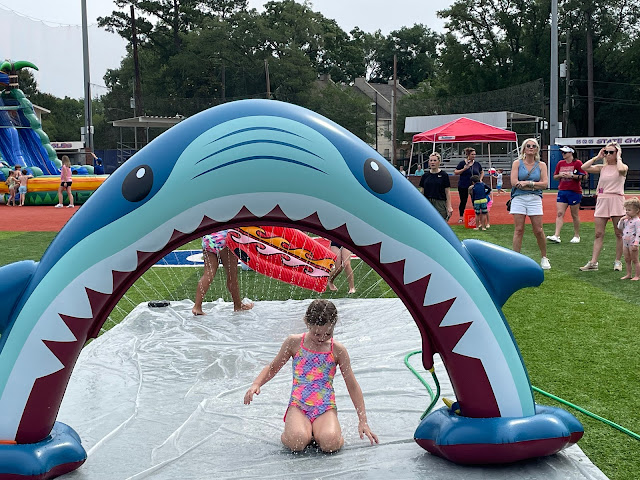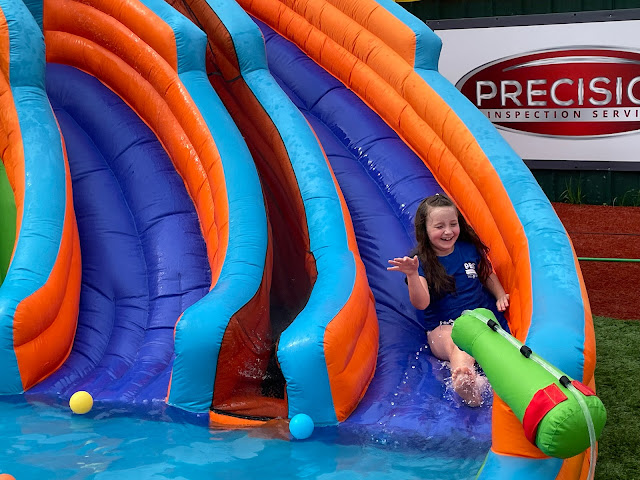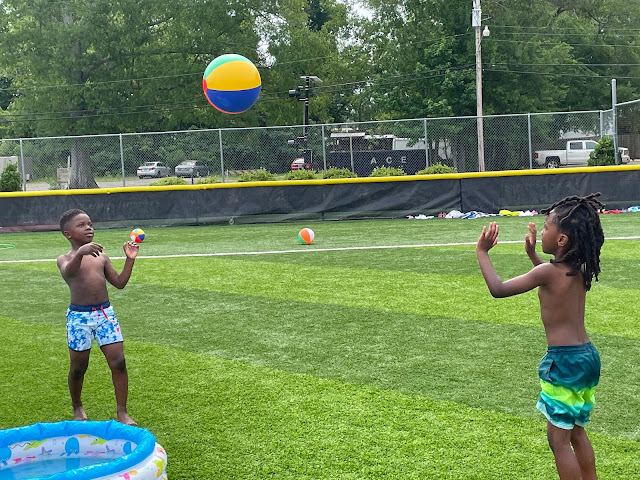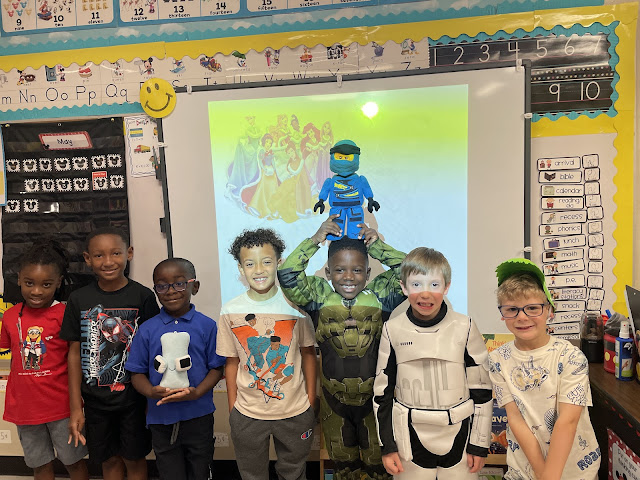Princesses, unicorns, heroes, and stormtroopers...kids love to dress up as their favorite characters. When our compliment chart reached the top, the class voted to have a dress-up day and wear their favorite costumes.
Kids, and adults, too, enjoy stories with exotic settings and brave characters who face perils but always overcome in the end.
In class, though, as we read books in various genres and watch videos, we discuss the difference between fiction and non-fiction. In a child's mind, the line between fantasy and reality is often blurry, so teachers and parents need to help the children distinguish between the two. For example, kids need to understand that Mexico is a real place, but Arondel (from the movie Frozen) is make-believe. Dinosaurs were actual living things that roamed the earth long ago, but stormtroopers are a product of an author's imagination.
Spiderman is a character in a story, but Jesus is real. Tatooine is a fictional location in a galaxy far, far away. But the Holy Land is a place where we can still go today and learn about historical events that occurred when
God's Son walked on the earth.
We live in an age of
deep fakes, and we can easily become duped. People in our culture often think that if they believe something to be true, then it must be true. Philosophers such as Nietzsche argue that truth is an illusion. Like Pontius Pilate, they lack a solid foundation on which to build their lives.
"What is truth?" they ask.
While it's fun to watch our children use their imaginations and create fantasy worlds of heroes and villains, it's important to let them know there is such a thing as truth,. We can teach them the Bible, which is, as Mrs. Cathy says in chapel, "absolutely, positively true." And knowing the truth will set them free.
"and you will know the truth, and the truth will set you free." John 8:32 (ESV)


